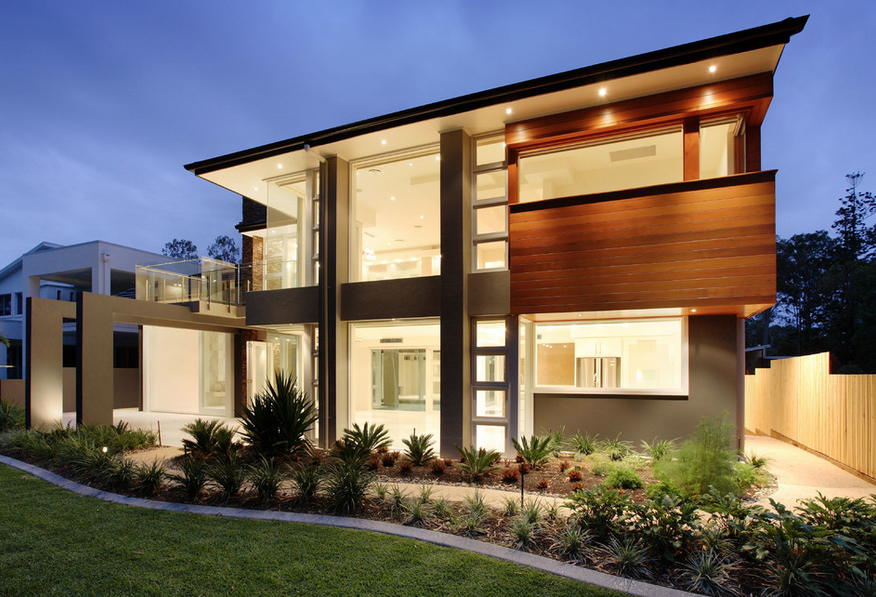

You may wish to create physical barriers between certain spaces that block sound and light while keeping other areas open. Ensure you have enough room for your furniture, and make areas that should be private separate from the main flow of your living areas. What matters most is that the spaces are connected well, and there’s a natural flow to the home. A larger house means more heating and cooling costs and more cleaning. This won’t just save you money during the build process but will also save you time and money as you maintain your house and pay bills regularly. Plan for your needs without going over the top. Remember that a bigger house doesn’t always mean a better house. Some lots are larger than others, and some have more buildable areas than others. The space available to you will also depend on the physical makeup of the lot. Most homeowners prefer to have at least one guest room and an extra bathroom. Although these take up significant space, they can make the difference between entertaining guests and having nowhere to put them. For example, an open concept kitchen and dining room will make each of those rooms feel bigger than if they were sectioned off more fully.Īlso, consider how many bedrooms and bathrooms you want to have.

#ARCHITECT DESIGN HOUSE UPGRADE#
An upgrade in one area can mean a sacrifice somewhere else, so make sure you know your priorities as far as size is concerned.ĭifferent room flow patterns can give rooms the illusion that they’re bigger than they are. Know What Space You’ll Need Before You Get Into the DetailsĪs you start designing your house, think about what overall square footage you want the house to have and how you want to allocate space between different parts of the house. This article will cover what you need to know to start your home-building process. Read on to learn more about the ways that you can design a house as an architect would. Figure out what architectural styles appeal to you.Consider using digital sketching software.Think about your home’s position relative to the sun.Use sketches and lists to organize your ideas.Think about the physical layout of the lot.Know what space you’ll need before you get into the details.To design a house like an architect, follow these rules:
#ARCHITECT DESIGN HOUSE HOW TO#
But by learning how to design a house as an architect would, you can make the process simpler and easier. It comes with many unforeseen costs and challenges. Building Design: Most of the certification exam questions will concern the nuts and bolts of designing a building, including building codes and fire codes types of roofs, foundations, and wall systems the nature and use of materials like concrete, masonry, and wood calculating footing sizes or joist sizes in different scenarios using beam deflection formulas energy efficiency and sustainability thermal and moisture protection and Mechanical, Electrical, Plumbing (MEP).Designing and building your own house is no small task.

or how Renaissance architecture continues to influence today's building designs. Design Process: Questions about concept and construction development may include your knowledge of symmetry and proportion, about residential architectural styles in the U.S.Business Administration and Practices: Questions may include describing contract terms, showing your knowledge of mechanics liens and due diligence, the ethics of online publishing, and hiring practices basics, such as knowing the difference between employees and independent contractors.Today's working world provides many more opportunities. Throughout architectural history, apprenticeship has been the way building designers and architects have learned their craft. Army Corps of Engineers is another great place for hands-on training before you seek out certification. Working as a civil engineering technician or drafter, for example, will help you understand how structures stand up and fall down - important things to know when you strike out on your own as a building designer. Instead of academic training, you may study architecture or structural engineering on the job, under the supervision of a building designer, architect, or civil engineer. Look for courses and training that will give you a broad background in construction, problem-solving, and architectural design. You may take classes at an accredited school of architecture or at a vocational school - or even study online if the school and the program are accredited. The Spruce Home Improvement Review BoardĮnroll in training courses in architecture or structural engineering.


 0 kommentar(er)
0 kommentar(er)
